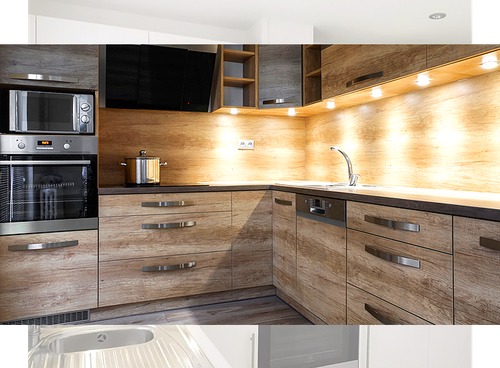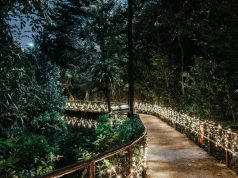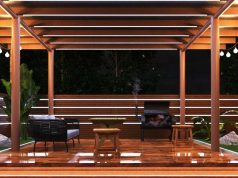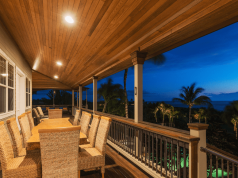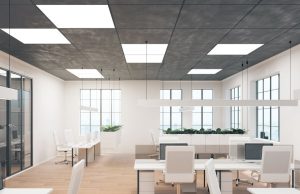Floodlights are a worthwhile addition to your outside space, whether you’re looking to improve the security or your home or work premises or add aesthetic interest to your property after dark.
There are various types of outdoor lights to choose from. Floodlights provide a wide beam that carries far, making them a top choice for those seeking to illuminate large areas. Other types of outdoor LED lights, such as spotlights, for instance, are geared towards brightening up smaller areas than floodlights. In order to get the most from your floodlights, it’s important to place them correctly, so before you get them installed, think about what you want to achieve from these lights to identify the perfect location for them.

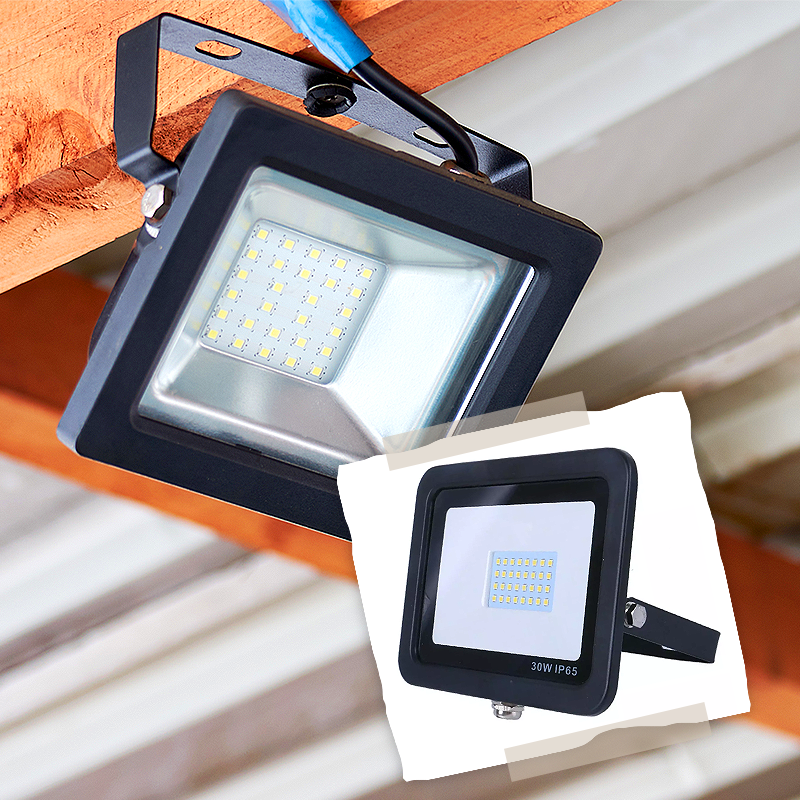
Try Before You Install
One of the biggest mistakes people make when placing floodlights is to install them first without seeing what they look like when switched on. Therefore, always connect your lights to the power source before fixing them to a wall or other area, allowing you to see if they’re correctly located and do the job they need to.

Think About The Bulb
Outdoor lights, including floodlights, will need their bulbs replacing over time, so when you’re installing your floodlights, consider how accessible they will be to fit a new bulb. Lights placed high up may need changing with the aid of a tall ladder, for example. Alternatively, opt for LED floodlights, where the bulbs tend to last much longer.
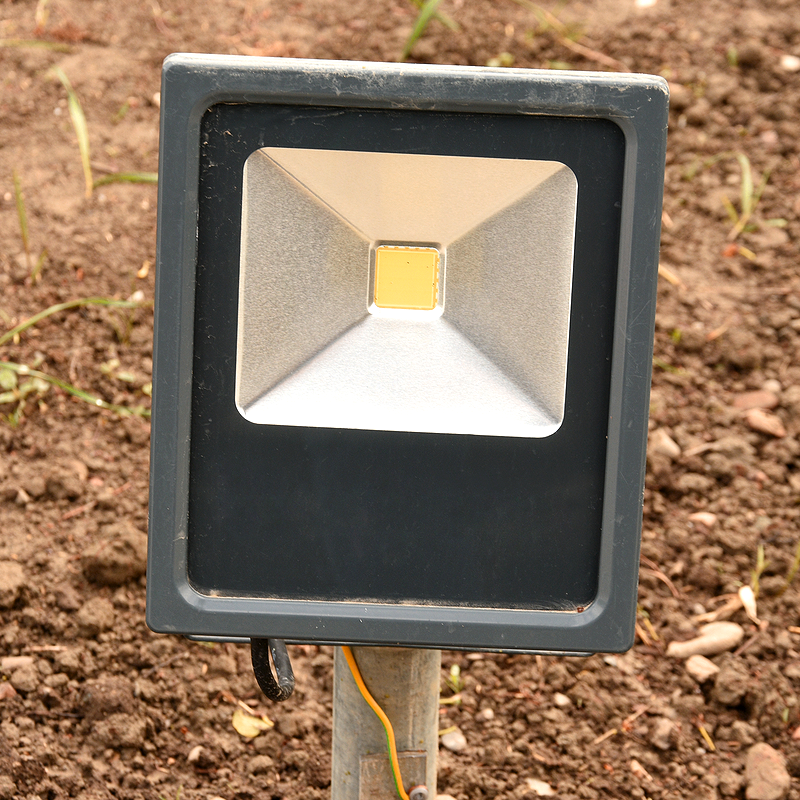


Near The Roof
If you want your floodlights to cover as wide an area of your outside space as possible, place them as near the roof of your building as you can. While it might seem more convenient to position them lower down, you risk the beam not covering the entire area you want it to. Consider placing a light at the front and rear of the property.

Don’t Ignore Corners Or Shadows
It may seem an obvious decision to place a floodlight in the centre of your building, but be aware that this might not adequately illuminate the corners or sides of your property. Burglars are more likely to approach a property from the sides rather than the front, so keeping these areas dark isn’t a good idea from a security perspective. Therefore, consider installing floodlights towards the corner of a building, or add light to each side. As well as making sure dark corners are illuminated, don’t place your floodlights in areas that may cast shadows. For instance, placing a light directly above a front door may put the caller to your property in shadow, so put the light to the side of the door instead for improved illumination.
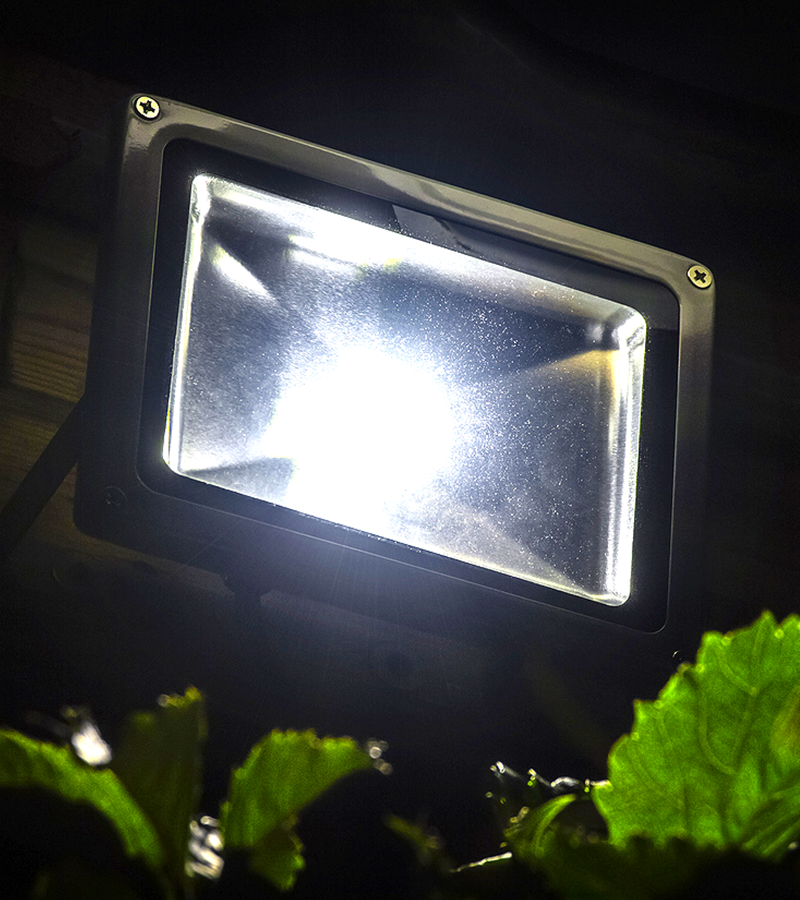

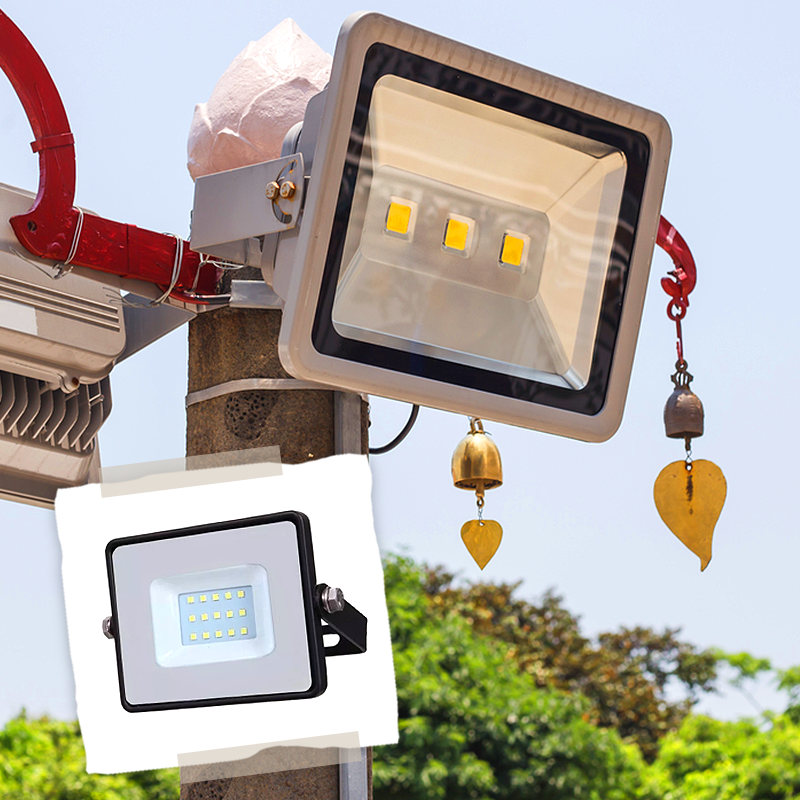
Key Areas
Other areas that might benefit from outdoor lights, such as floodlights, include above a garage, shed or other garden outbuildings, above a gate, as well as areas that illuminate driveways, entrances and parking spots.

Aesthetic Purposes
While many people install outdoor LED lights for security reasons, others place them to give their space aesthetic interest. A floodlight located on the ground in the right position can illuminate focal points, such as a water feature, patio area, shrubs or other plants, making it stand out during the hours of darkness.


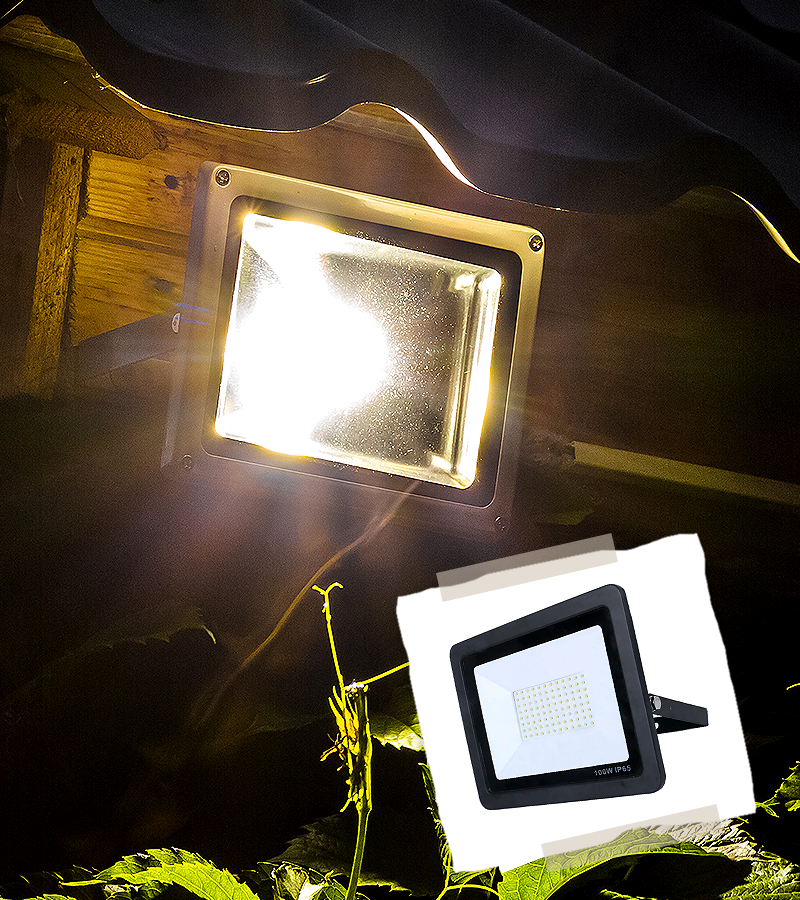
Considerations
When placing your LED floodlights, it’s important to think about how far the beam will extend. Neighbours won’t be too pleased if your lights shine into their property, so test beam length and strength before you position and install them. Aside from being a nuisance to others, unwanted light pollution is covered by the Environmental Protection Act 1990, so you could get into trouble with the law if your floodlights affect adjoining properties. Consider also whether your floodlights will be operated manually or by motion sensor before installing them. Manually operated lights are more suitable for remote areas with few neighbouring buildings, but if you opt for motion sensors, avoid installing the lights in places where they might get repeatedly activated by traffic or passersby.


